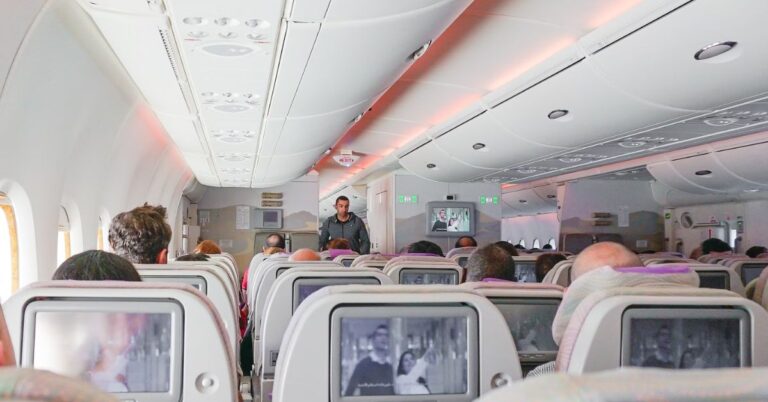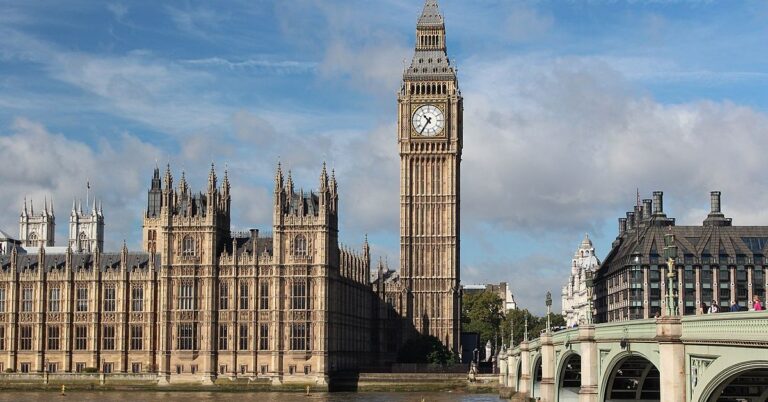25 Budget-Friendly Ways To Explore Japan
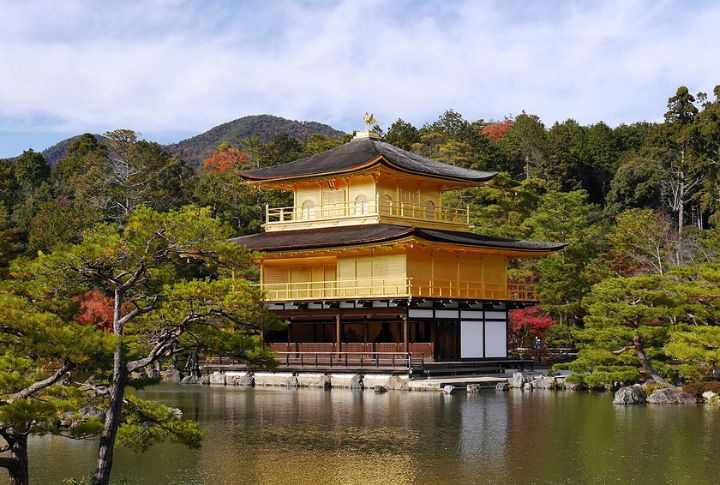
Japan often ranks high on most travelers’ bucket lists, yet its reputation as an expensive destination leaves many hesitant. Thankfully, a bit of planning and local know-how can help you explore the Land of the Rising Sun in an affordable way. Here are 25 practical tips to get started.
Travel During Shoulder Seasons
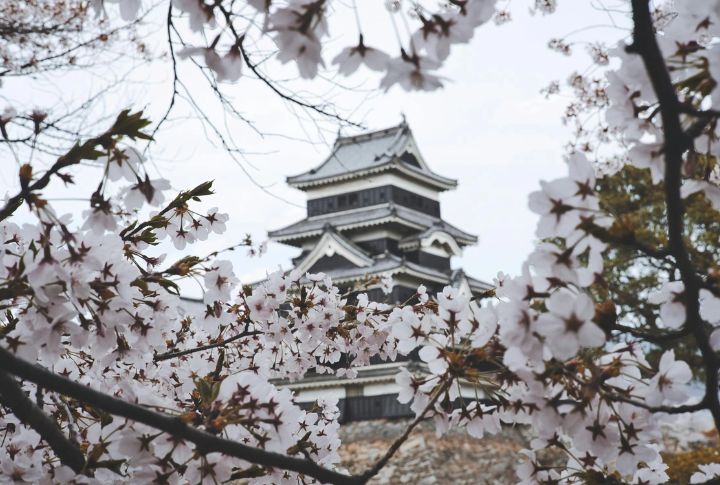
Schedule your visit during April-May or October-November for pleasant weather without peak-season prices. This way, depending on your timing, you can dodge summer crowds and winter holiday surge pricing, all while witnessing spectacular cherry blossoms or autumn foliage.
Invest In A JR Pass Strategically
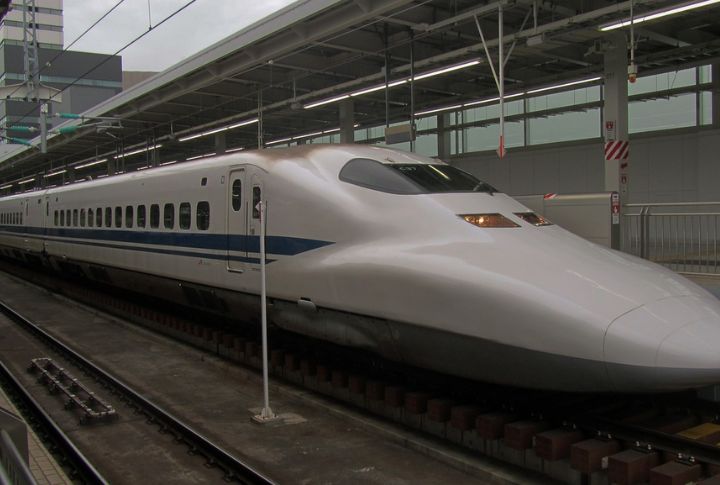
While the Japan Rail pass can save travelers hundreds of dollars on long-distance trips, those with shorter itineraries or single-region plans might find regional rail passes more cost-effective. Before purchasing, compare the cost of individual tickets or regional passes to get the best value for your trip.
Book Accommodations Well In Advance

Early planning makes way for huge savings on lodging. Japanese hotels typically increase rates as occupancy rises, so securing rooms 3-6 months ahead frequently results in 20-30% discounts. Apps like Booking.com and Agoda often feature Japan-specific promotions worth monitoring.
Experience Capsule Hotels

Save money while enjoying a quintessentially Japanese accommodation style. Modern capsule hotels have evolved beyond basic sleeping pods. They now offer surprisingly comfortable amenities, privacy features, and central locations—all for roughly $25-40 per night.
Stay At Business Hotels

These practical establishments cater primarily to Japanese business travelers but welcome tourists seeking clean, functional rooms. Typically priced 30-40% below international hotel chains, business hotels like Toyoko Inn and Route Inn provide essential amenities without unnecessary frills.
Stay In Ryokans In Smaller Towns
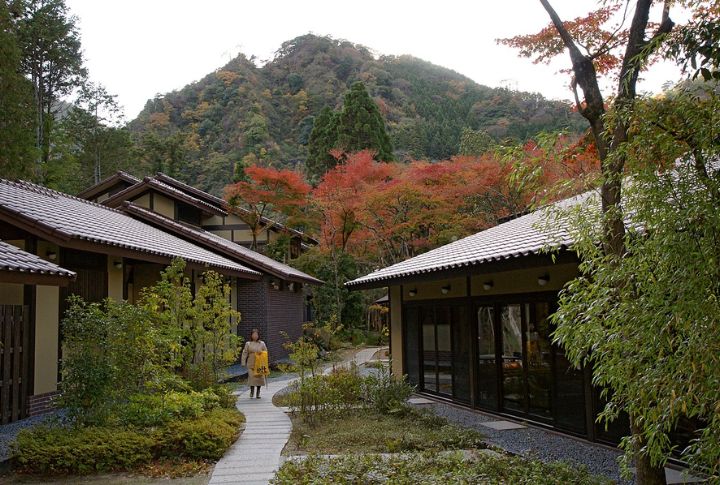
When located in smaller towns, traditional Japanese inns offer cultural immersion at reasonable prices. While Tokyo ryokans command premium rates, those in rural areas often include elaborate meals and authentic experiences for $60-100 per person. It’s a cultural bargain worth experiencing.
Eat Like A Local At Konbini Stores
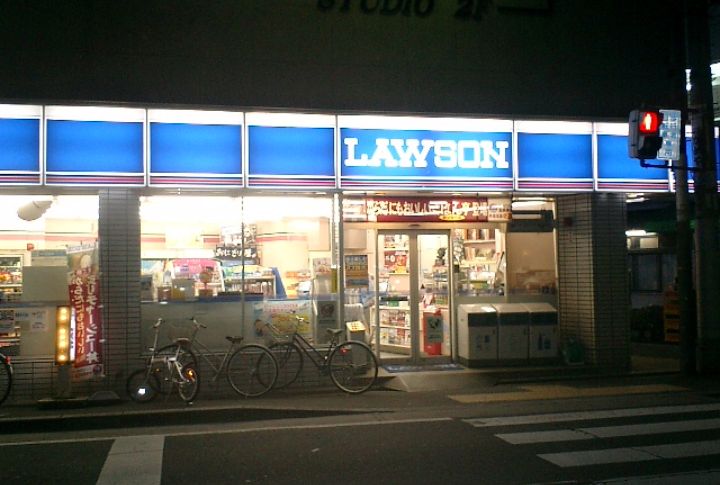
Convenience stores in Japan transcend American expectations, offering fresh, high-quality meals at remarkable prices. Lawson, 7-Eleven, and FamilyMart provide delicious onigiri (rice balls), bento boxes, and prepared dishes for $3-7. These stores are perfect for budget-conscious travelers who want to try authentic Japanese flavors.
Hunt For Lunch Specials

Many upscale restaurants offer midday “teishoku” (set meals) at significantly reduced prices. Lunch specials allow you to have premium cuisine for 30-50% less than dinner prices. Sets typically include main dishes, rice, miso soup, and pickles for $8-15.
Visit Standing Sushi Bars

Skip expensive sushi restaurants for “tachinomi” standing bars, where locals enjoy fresh fish without ceremonial service. These casual spots typically charge $1-2 per piece, which is best for visitors who want to eat Japan’s famous seafood without premium pricing.
Explore Free Cultural Sites

Many temples and shrines welcome visitors without entrance fees. While iconic sites like Kinkaku-ji charge admission, countless other spiritual landmarks—including Tokyo’s massive Meiji Shrine and Kyoto’s picturesque Fushimi Inari—offer free access to their cultural and architectural splendors.
Take Advantage Of Museum Free Days

Research specific days on which museums waive entrance fees. Many government-operated museums provide monthly free admission days, and the Tokyo National Museum and similar institutions typically waive fees on Culture Day (November 3) and International Museum Day (May 18).
Shop At 100-Yen Stores
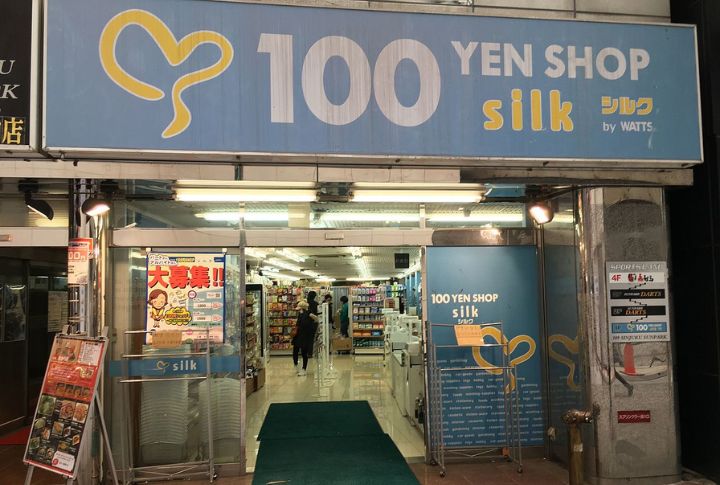
Daiso, Seria, and similar retailers sell surprisingly high-quality items at bargain prices. These products, from kitchenware to traditional Japanese goods, are perfect for hopping on an affordable shopping spree and buying practical travel necessities.
Get Tax-Free Shopping Benefits
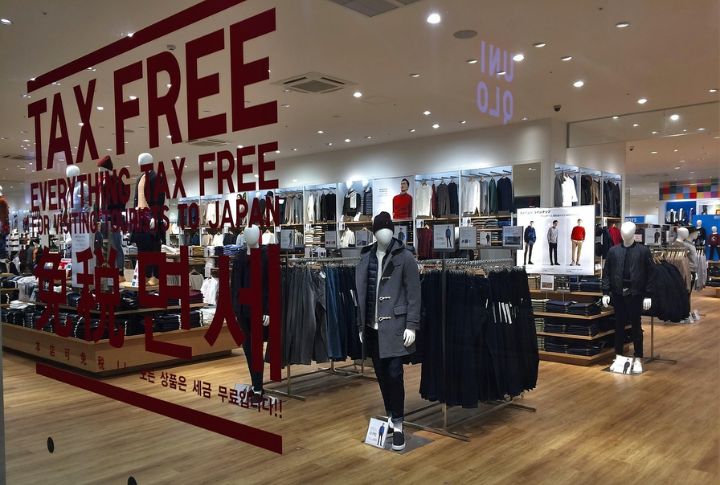
Heads up! Foreign visitors can shop tax-free at numerous shops when they spend over 5,000 yen. Just keep your passport handy. Participating stores will immediately remove Japan’s 10% consumption tax and let you enjoy significant savings on electronics, clothing, and souvenirs.
Book Overnight Buses Between Cities
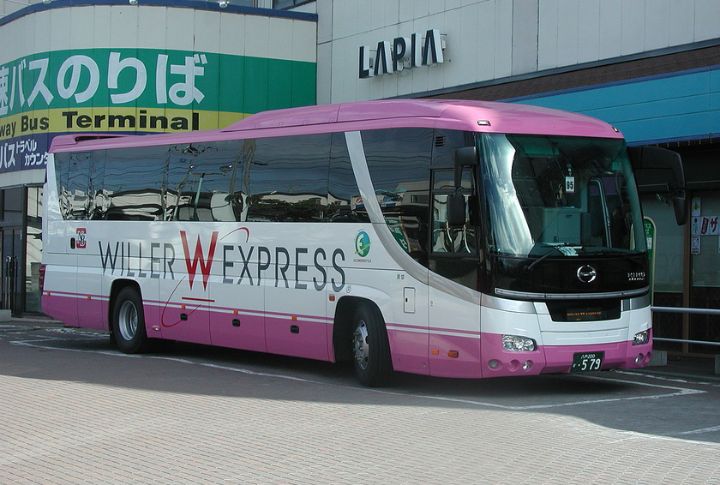
Consider overnight transportation to combine travel and accommodation costs. Companies like Willer Express provide comfortable overnight buses between major destinations for $30-70. They have reclining seats and privacy curtains that let you have a decent sleep while eliminating an entire night’s hotel expense.
Rent Bicycles For Local Exploration
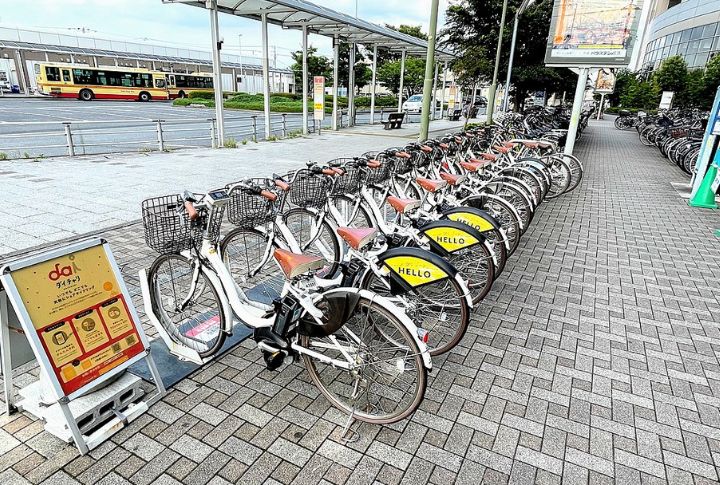
Many Japanese cities have affordable bike rentals, starting around $5-10 daily. Cycling provides an economical sightseeing method, particularly in bicycle-friendly locations like Kyoto, where the flat terrain and concentration of attractions make two-wheeled exploration practical.
Utilize Money-Saving Apps

When in Japan, arm yourself with digital tools to find great deals and get directions. Apps like Japan Travel by Navitime provide offline transit directions, while Gurunavi helps locate affordable restaurants with English menus. These are pretty essential resources for backpackers.
Purchase Attraction Discount Passes
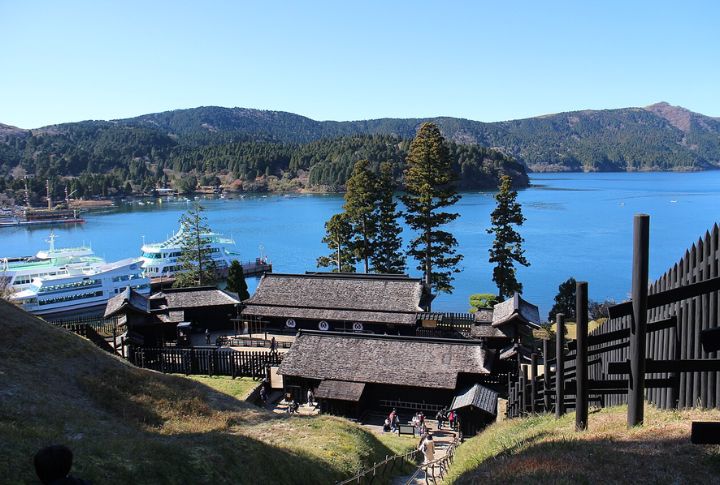
Research city-specific tourist passes that bundle multiple experiences. The Hakone Free Pass, Osaka Amazing Pass, and similar offerings come with big saving potential on transportation and attractions compared to purchasing individual tickets for each experience.
Book Early-Morning Flights
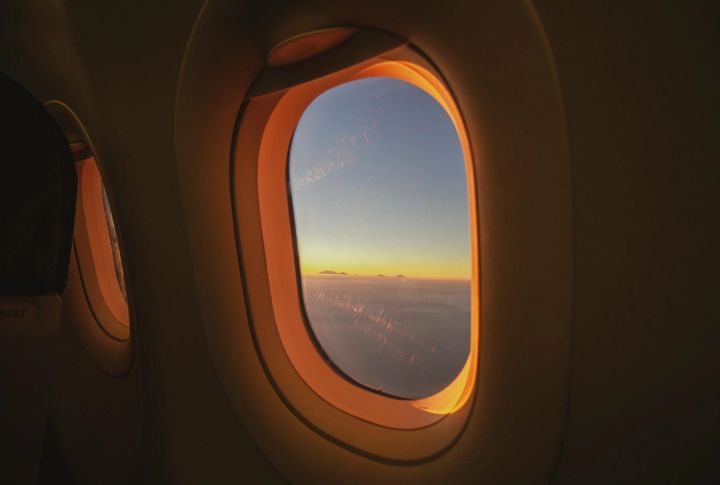
Flight prices to Japan fluctuate dramatically based on arrival times. Red-eye and early morning flights typically cost 15-25% less than midday arrivals. If you can handle the initial bleary-eyed adjustment to Japanese time zones, this makes dawn landings worth considering.
Rent Pocket Wi-Fi
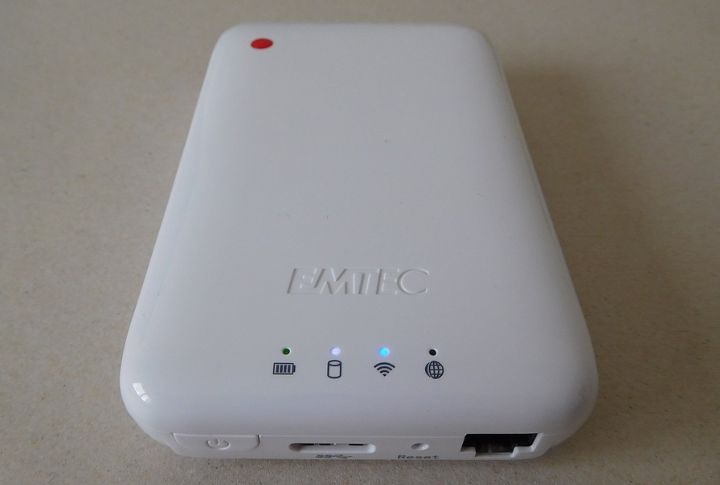
You can avoid expensive international roaming charges by getting a portable Wi-Fi. Japan Wireless, for instance, provides unlimited data for approximately $5-8 daily for directions, translation, and communication without the expensive phone bills that often shock international travelers.
Pack Light And Smart

Master efficient packing to avoid checked baggage fees. Japan’s excellent coin laundries make traveling with minimal clothing practical, while ubiquitous toiletry products mean you won’t be bringing heavy liquids that consume precious luggage space.
Find Day-Use Onsen Facilities
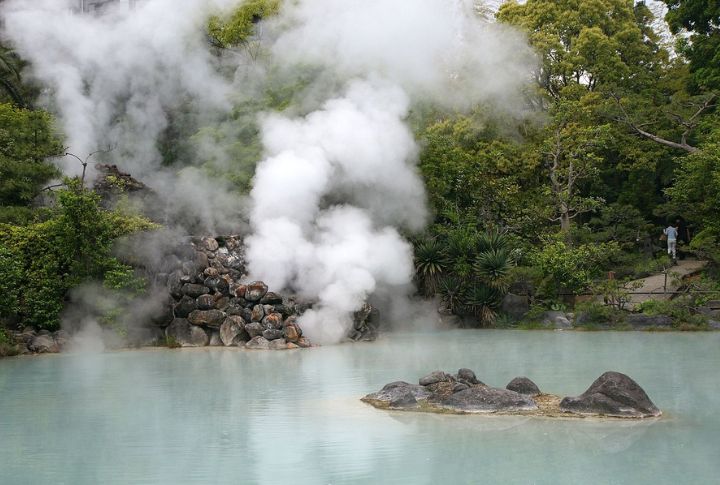
At Onsen facilities, you can experience traditional hot springs without ryokan prices. Public bathhouses and day-use facilities typically charge $5-15 for admission, so budget travelers can enjoy this classic Japanese ritual without overnight accommodation costs.
Try Conveyor Belt Sushi
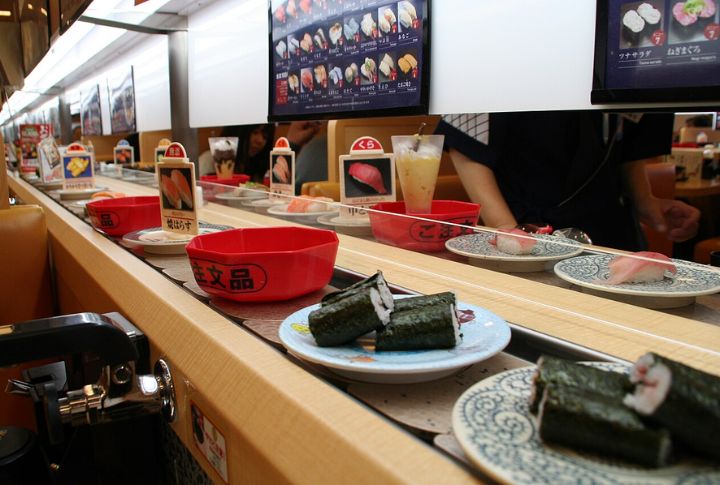
Feast on Japan’s iconic dish affordably at “kaiten-zushi” restaurants. These conveyor belt establishments charge by the plate (typically $1-3), which allows diners to control both consumption and cost. You can enjoy fresh fish in a fun, accessible environment!
Take Advantage Of Happy Hour Specials
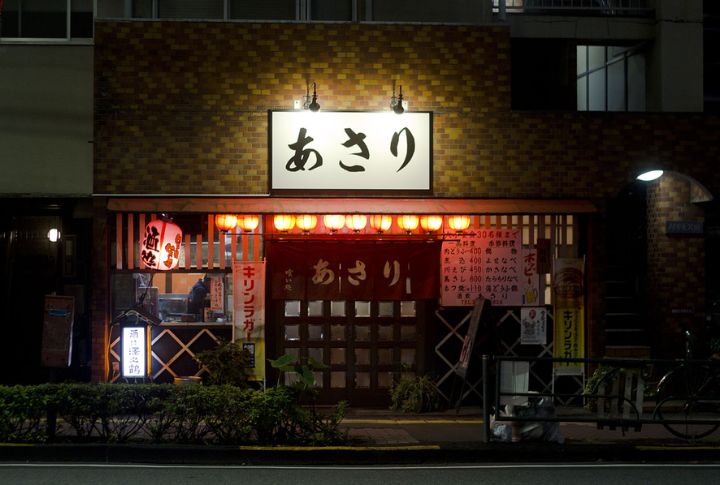
Numerous izakayas (Japanese pubs) offer early evening discounts. So, look for “nomihodai” (all-you-can-drink) and “tabehodai” (all-you-can-eat) specials, which are mostly available from 5-7 p.m. for around $15-25. These are exciting places to explore after you’re done with sightseeing.
Drink Tap Water
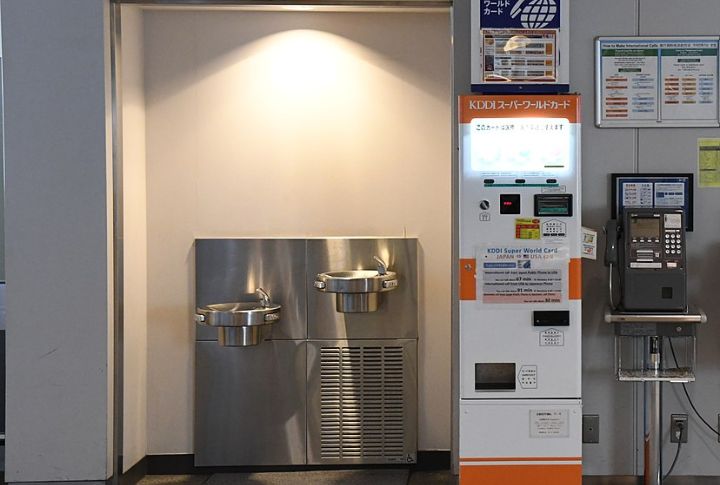
Skip bottled water in Japan because tap water throughout the country is perfectly safe for drinking. Free water dispensers are available in public spaces, restaurants, and transit hubs. This simple habit saves you money, cuts plastic waste, and keeps you well-hydrated on your adventure.
Explore Beyond Tokyo
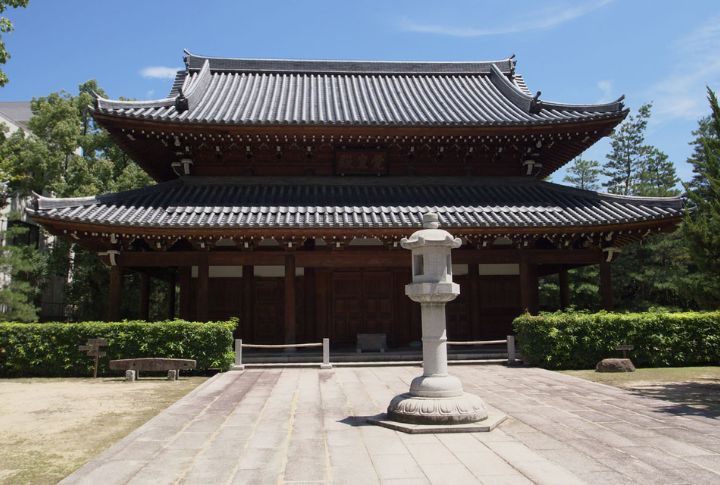
When you explore less crowded cities or countryside regions, costs naturally decrease. For example, destinations like Fukuoka, Kanazawa, and Tohoku feature accommodations, dining, and activities typically priced 20-40% below those in major tourist centers like Tokyo.




